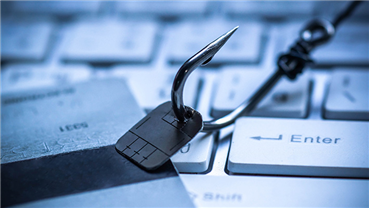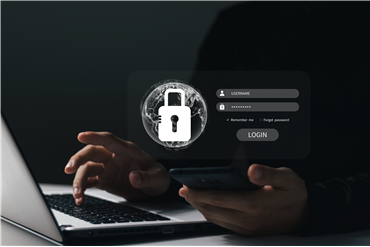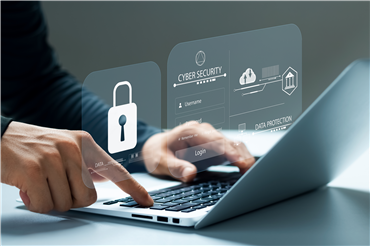Business Continuity and Disaster Recovery (BC/DR) is a critical component of an organization's risk management strategy, designed to ensure the continuity of essential business functions during and after a disruptive event. This comprehensive approach encompasses planning, preparation, and implementation of processes to maintain operations and recover quickly from any type of disaster, whether natural, human-made, or technological.
The need for BC/DR has never been more pressing in today's interconnected and digital business environment. Organizations face a wide array of potential disruptions, ranging from cyberattacks and data breaches to natural disasters and pandemics. The financial and reputational costs of extended downtime or data loss can be catastrophic. A robust BC/DR strategy not only helps mitigate these risks but also demonstrates an organization's commitment to resilience and reliability to stakeholders, customers, and regulatory bodies.
At its core, Business Continuity focuses on maintaining essential functions during a disruptive event. This involves identifying critical business processes, assessing potential impacts of various scenarios, and developing strategies to ensure these processes can continue with minimal interruption. Key elements of business continuity planning include risk assessment, business impact analysis, strategy development, and plan development and testing.
Disaster Recovery, on the other hand, concentrates on the IT systems that support business functions. It involves the processes and technologies for restoring IT infrastructure and data after a disaster. This includes strategies for data backup and recovery, failover to alternate systems or sites, and the restoration of normal operations. Disaster recovery planning typically involves defining recovery time objectives (RTO) and recovery point objectives (RPO) for various systems and data.
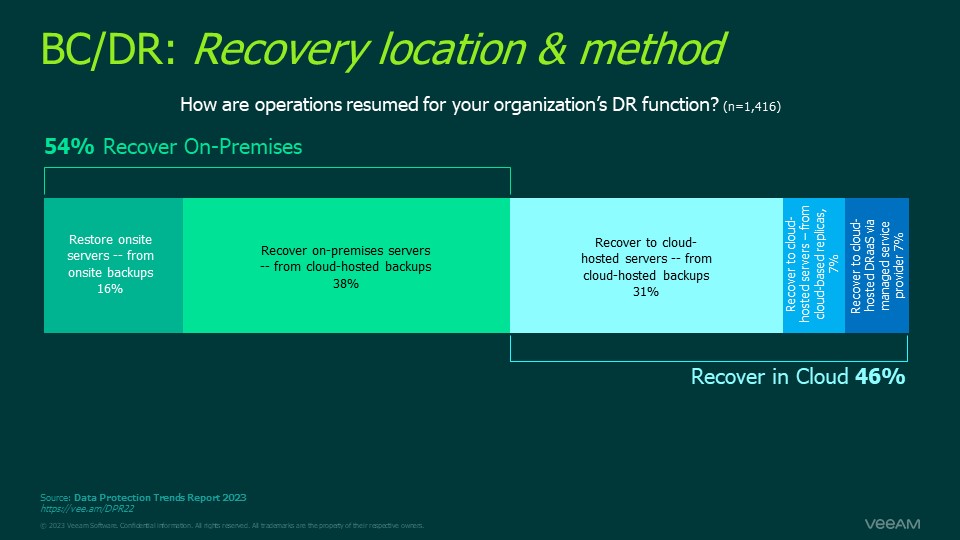
Implementing an effective BC/DR strategy involves several key steps. First, organizations must conduct a thorough risk assessment to identify potential threats and vulnerabilities. This is followed by a business impact analysis to determine the potential effects of various disruptions on business operations. Based on these analyses, organizations can develop comprehensive continuity and recovery strategies tailored to their specific needs and risk profile.
Creating detailed BC/DR plans is a crucial next step. These plans should outline roles and responsibilities, communication protocols, step-by-step procedures for various scenarios, and resource requirements. Regular testing and updating of these plans is essential to ensure their effectiveness and relevance in the face of changing business environments and emerging threats.
Technology plays a vital role in modern BC/DR strategies. This includes implementing robust data backup and replication systems, cloud-based disaster recovery solutions, and automated failover mechanisms. Many organizations are adopting hybrid cloud approaches that combine on-premises and cloud-based resources to enhance flexibility and resilience.
Employee training and awareness are also critical components of a successful BC/DR program. All staff members should understand their roles and responsibilities during a disruptive event and be familiar with the organization's BC/DR procedures. Regular drills and simulations help reinforce this knowledge and identify areas for improvement.
In conclusion, Business Continuity and Disaster Recovery is not just about technology or planning documents; it's a holistic approach to organizational resilience. It requires commitment from leadership, involvement across all departments, and a culture that values preparedness and adaptability. By investing in comprehensive BC/DR strategies, organizations can protect their assets, maintain customer trust, and ensure long-term sustainability in an increasingly unpredictable world. As threats continue to evolve, BC/DR will remain a critical priority for businesses of all sizes and industries.

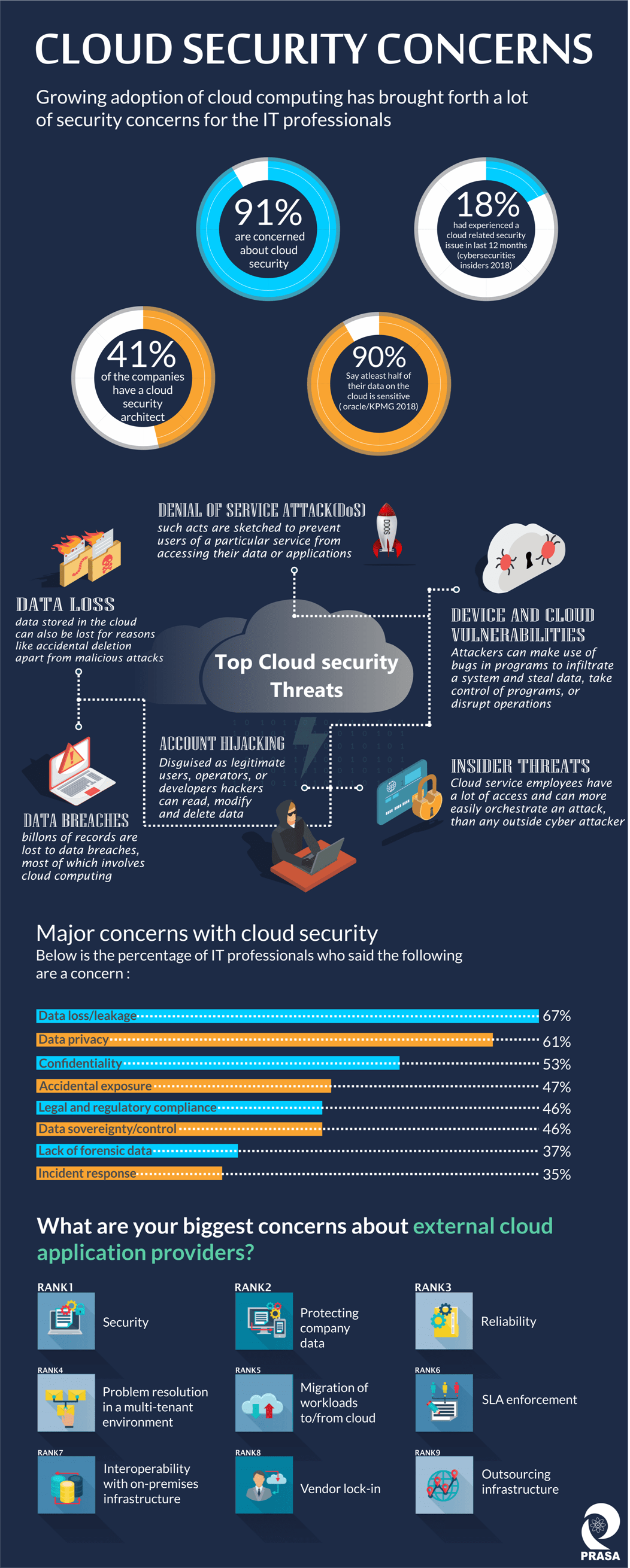
To find out more about how we can resolve your IT issues please email or call us:
Send us an email Call us +44 (0)1462 416400





